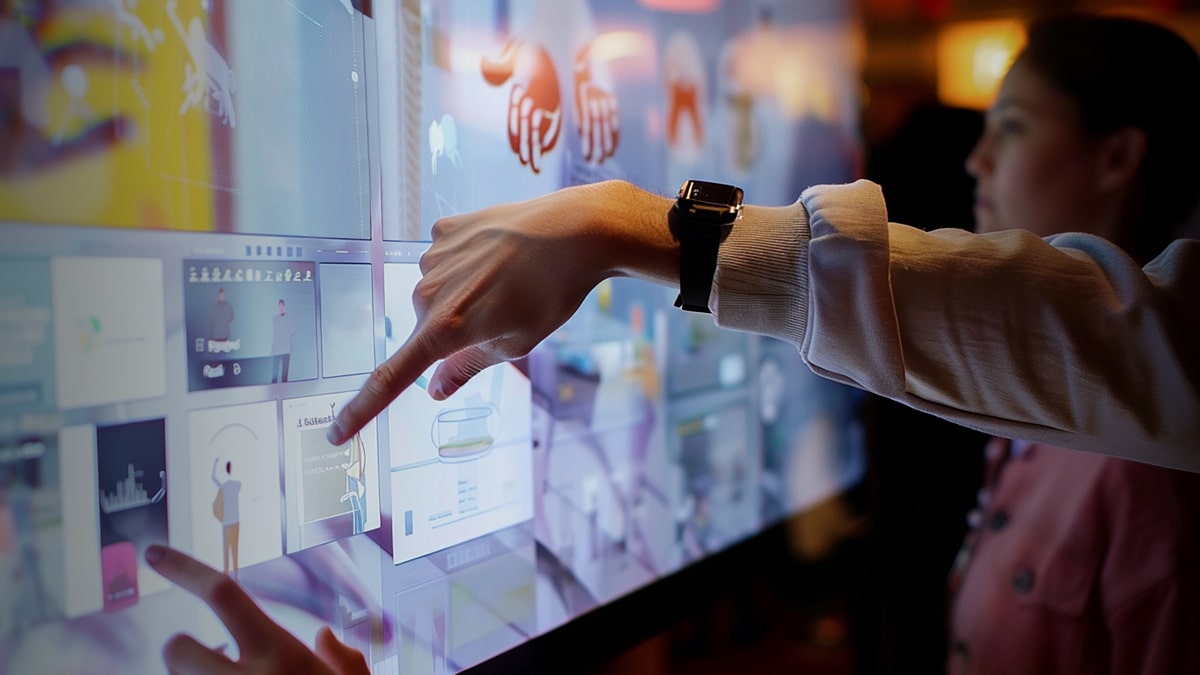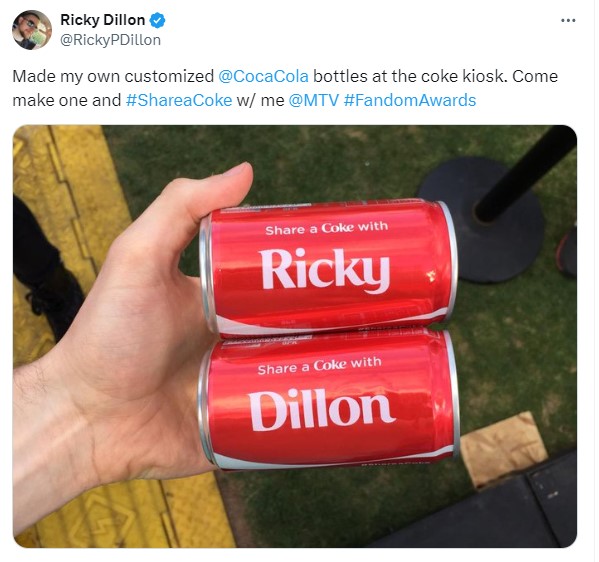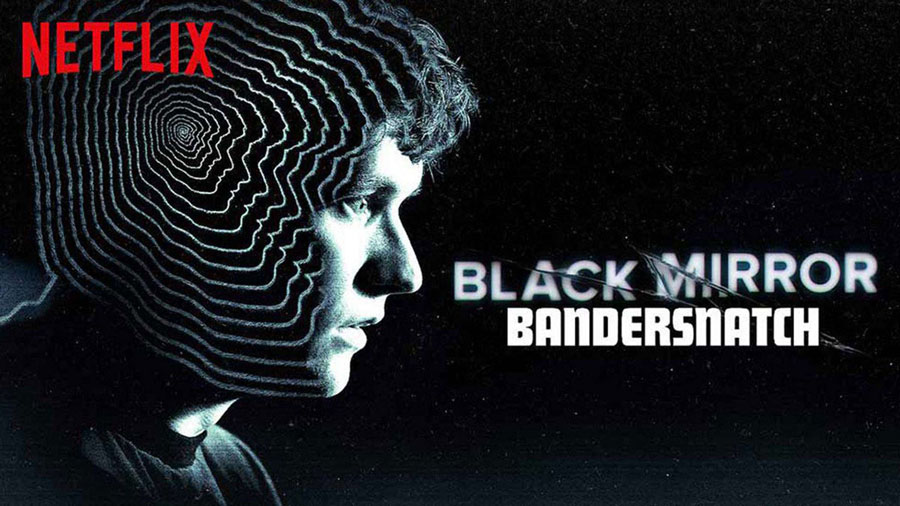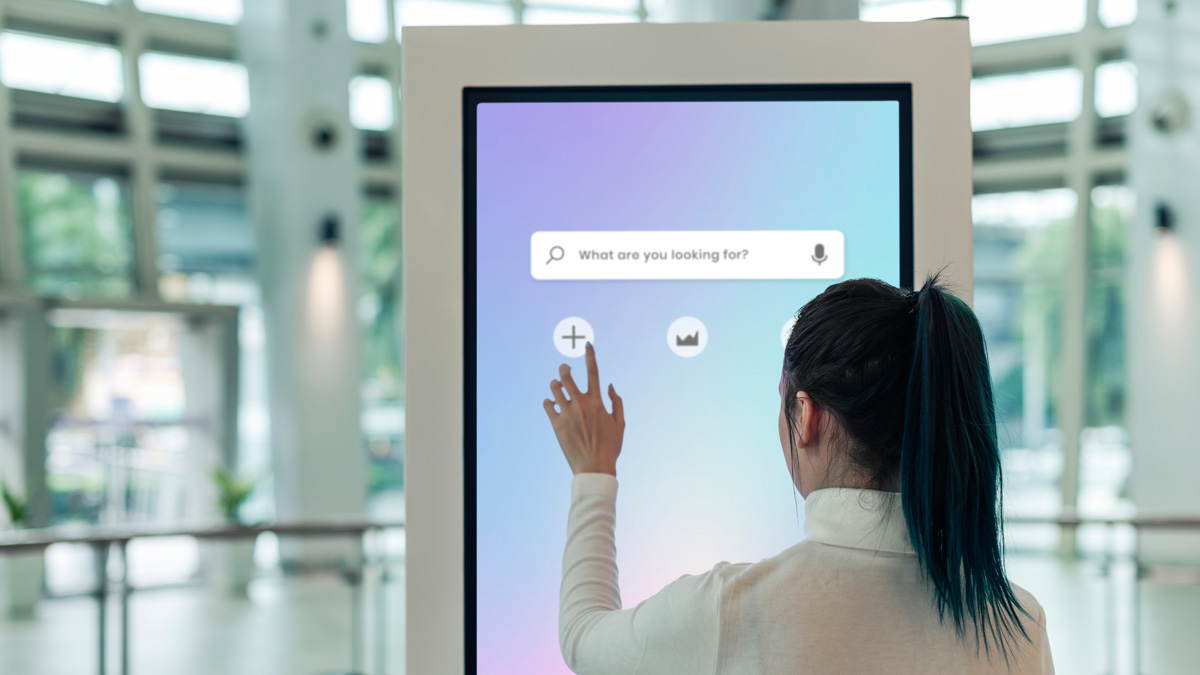
Is your brand better than the attention it gets? Does your audience not engage with you as much as you’d like? An interactive campaign could help!
These are like traditional marketing campaigns, except they use cutting-edge technology and involve your customers like never before. We’re talking about campaigns beyond simple quizzes and wheel of luck, experiences that will help your audience bond with your brand.
So, what are these interactive campaigns, and what do they entail? Let’s find out.
What is an Interactive Campaign?
We mentioned that this article isn’t about interactions; therefore, we need a better understanding of interactivity in campaigns.
Detailed Explanation of Interactive Campaigns
An interactive campaign is a marketing initiative in which customers actively interact with brand content in a new, meaningful, and personal way.
Traditional marketing campaigns aim to create things that everyone in the brand’s target audience will like. Interactive marketing campaigns, on the other hand, give every individual some (branded) tools, technologies, and platforms and tell them to express themselves!
If this concept is difficult to understand, the following examples will help you.
Interactive campaigns come in many forms and shapes, from AR experiences or physical exhibitions to full-fledged video games.
They’re not a new phenomenon, but they’re still underutilized.
The key is to give your audience a personalized experience that creates a sense of connection with your brand. In other words, your customer or audience accepts a role in your game and becomes part of the brand story.
Key Components of Interactive Campaigns
Let’s break down good interactive campaigns to understand their effectiveness.
User Participation
All successful interactive campaigns need extensive participation from your audience. That’s the main factor that makes these campaigns different!
User participation could also be a key performance indicator (KPI) when evaluating your campaign.
For example, an interactive social media campaign in which people use AR effects through Instagram or Snapchat creates a lot of user-generated content (UGC).
An excellent interactive advertising campaign should be attractive and invite many people.
Engagement
User participation and engagement go hand in hand. With the help of an interactive campaign:
- Each of your customers is more likely to spend time with your brand and, therefore, is more likely to return.
- Successful interactive campaigns attract a lot of attention. As a result, other audience members may participate in the campaign and, as a result, become your customers.
Modern Experience
Far be it from an interactive advertising campaign to put out static ads on a highway. All interactive campaigns leverage the latest technology and modern platforms to bring a fresh, unique user experience.
Transmedia storytelling
As we briefly mentioned, interactive campaigns generate a buzz. Ideally, you will have designed your campaign to use all of your channels and even the real world so that users everywhere can participate and share their experiences!
For a related read, check out: What is Transmedia Storytelling
Benefits of Interactive Campaigns
On paper, traditional campaigns share the same essential benefits as interactive campaigns, but are the results the same?
As a marketing agency, we can say with certainty that the latter are much more effective. Here are some of the most important benefits of interactive campaigns:
Create emotional Connection
Creating an emotional connection with audiences is a high-level goal for all brands. Emotional connection is a consequence of so many factors. If you can invite customers to play a game or be part of the interactive story, this connection will be encouraged.
An interactive campaign significantly boosts customer engagement, which is tightly connected to emotions. If you’ve done it right, the campaign will result in a good memory for everyone, tipping the market scales in your direction.
Improved Brand Awareness

This is just one tweet about Coca-Cola’s “Share a Coke” campaign four years after its initial launch in 2011. To this day, this single tweet has gotten 964 retweets and over 4.6k favorites. Quadruple that publicity on the account of cutting-edge technology and imagine it for your brand!
Increased Conversion Rates
An interactive campaign will increase sales. It’s a matter of statistics: you reach out to more audience members and sell more.
Moreover, we’ve found that interactive campaigns have better conversion rates than non-interactive ones. You’re appealing to people’s feelings and characters, after all!
Data Collection & Insights
Interactive marketing campaigns offer more, better-organized data for you to use. This is mainly thanks to the infrastructure that enables them today. Use this data wisely to understand your audience better and improve your services.
For example, an interactive advertising campaign should be hosted on or at least connected to your systems and real-world environments. (Compare this with an ad you run on another website that might or might not have Google Analytics. You don’t know where users were, what they were doing, or what their reaction was to the ad before they got to your website.)
10 Examples of Successful Interactive Campaigns
To better understand how fun interactive campaigns can be, we’ve gathered ten examples of the ones we love. We’ll start with the simpler ones.
1. Coca-Cola’s “Share a Coke” Personalization Campaign
Let’s go to this one first since we mentioned it before! Coca-Cola’s “Share a Coke” isn’t the kind of digital, innovative campaign we’ve been discussing so far. It was first launched in 2011, after all!
Still, we believe it deserves a mention because of its (then-novel) approach to personalization. In this ongoing campaign, Coca-Cola invited everyone to print their names or the names of their loved ones on Coke labels. What better way to find a place in everyone’s hearts? Here’s a 2019 trailer for it:
2. Oreo’s “The Great Oreo Cookie Quest” Treasure Hunt
Oreo joined the ranks of interactive campaigns with this one in 2018. The more complex (and interactive) part of this all-out campaign invited users on a treasure hunt. Every day, the Oreo app would give you a clue as to what object to scan with the app. If you figured out what that object was and scanned it, you’d get points.
That’s something people would probably do just for the fun of it, but the points count toward various prizes, like a Samsung Galaxy J7. Here’s a glimpse that captures the spirit of the campaign:
Although the campaign didn’t use cutting-edge technologies like the next items, it did blend physical and digital engagement in a very clever way.
3. Burger King’s “Burn That Ad” AR Campaign
What do you do when your competitors’ ads are everywhere? Burger King had customers burn them!
All you needed to do was open Burger King’s app, go to “Burn That Ad,” and point your phone at any competitor’s ad anywhere. The AR function would put it to flames (hinting at one of Burger King’s selling points), and if that weren’t fun enough, they’d give you a free burger for a burnt ad.
Remember how we said your campaigns should all be integrated? This is also a great example: everything happened in the Burger King app. See for yourself:
4. Wendy’s “Keeping Fortnite Fresh” Gaming Integration
Speaking of integration, here’s a great one! In 2019, Wendy’s decided to destroy freezers in Fortnite. What? See this video for the whole story:
This interactive social media campaign cleverly uses a gaming phenomenon without creating a standalone platform. Fortnite was (and is) already popular on social media, so the campaign also generated a lot of buzz.
5. Taco Bell’s “Taco Gifter” AR Lens
Here’s another campaign that leveraged an already well-known tool: Snapchat’s AR lens. Taco Bell created a lens in 2020 that allowed users to gift tacos to friends. The AR lens visualized a personalized taco flying from the sender to the recipient, creating a fun and shareable experience. Here’s the ad:
Like in Burger King’s case, the fun wasn’t all of it. The first 10,000 people who used the lens also sent a free $2 gift card to their recipient, which covered the cost of a regular crunchy or soft taco at most of their locations.
The campaign was a booming success. It was launched on October 4, too, National Taco Day in the US.
6. Domino’s “Piece of the Pie Pursuit” Mobile Game
In 2018, the people at Domino’s thought: “Users will play small games anyways. Why shouldn’t they play ours?” So, they made an obstacle-based game! If you solved all six levels of it, you would get a free Domino’s pizza. Simple, isn’t it? Still, it tempts every mobile gamer to try it. Here’s the trailer:
Domino’s has a knack for creative campaigns, like “Points for Pies,” another interactive media campaign. Note that historically, many video games that revolve around a brand have failed. (Case in point: Cool Spot by 7 Up.) If you are going to create a game, it’s best to have an experienced marketing team (like us) on your side.
7. Nike’s “Reactland” Campaign
Nike introduced the Reactland campaign in 2018 to promote their new running shoes. Users were invited to put on Nike shoes, step into a virtual world, and run to brave various virtual environments. It’s an absolutely well-made interactive advertising campaign that aligns with Nike’s brand character. Here’s how they did it:
They also ran a less sophisticated campaign in 2018 called “House of Go.” It should go without saying that both of these experiences would be ten times more effective using today’s VR headsets!
8. LEGO’s “LEGO Life” Social Network
LEGO launched a social network in 2017 specifically designed for children, their primary target audience. The app is still up and allows kids to share their LEGO creations, participate in challenges, and interact with other LEGO enthusiasts in a safe environment.
Sounds right on the nose but almost impossible, doesn’t it? It’s right on the nose because social media is everywhere, and it’s almost impossible because it’s quite a feat to create and monitor a truly safe social media app for kids. Here’s a trailer:
9. HBO’s “Westworld: The Maze”
HBO created a sophisticated game to promote the second season of “Westworld.” What was the game console? Amazon Alexa!
You’d say, “Alexa, open Westworld,” and you would find yourself in the middle of an RPG-style audio game packed with dialogues voiced by the show’s cast. The campaign was a brilliant use of already-popular Alexa that allowed you to immerse yourself in the Westworld universe. Here’s a promo video:
10. Netflix’s “Black Mirror: Bandersnatch”
Netflix pushed the boundaries of non-game interactive storytelling with “Black Mirror: Bandersnatch” in 2018. The Black Mirror series is still a chilling outlook into the possible horrors of technology, and this interactive film takes it to the next level.

Best Practices for Interactive Campaigns
Interactive campaigns are certainly not the easiest. Here are some tips to keep in mind when creating one:
- Leverage the power of storytelling: People love a good story. There’s even a book out there that argues our mind’s primary function is storytelling! So, incorporate storytelling and narrative into your interactive campaign to create an emotional connection with your audience.
- Create a seamless user experience: Ensure that the interactive elements of the campaign are intuitive, user-friendly, and seamlessly integrated across all touchpoints. Even if you’ve made an app, you should make it available everywhere and let users share everything from it to everywhere. A smooth and enjoyable user experience will encourage participation and reduce frustration.
- Encourage social sharing: Most successful interactive campaigns are designed with social sharing in mind from the get-go. It would help if you made everything shareable, too. This item helps make your campaign more user-centric and also significantly amplifies the campaign’s reach.
- Provide value to the user: Users are more likely to engage in campaigns that are valuable to them. Take the examples above: in every case, there’s something the user wants. Aim for value, whether that’s a smile on a loved one’s face or testing out how comfy some sneakers are.
- Measure and analyze performance: This is another rule that comes after you everywhere in marketing. Measuring success is possibly even more crucial in interactive campaigns because users have chosen to dedicate some of their precious time to your brand beyond simple interactions. (Contrast this with a random visitor visiting your website.) You would want to leverage data and provide them with the best experience they can have, now or in the future.
Final Word
Few marketing strategies are as engaging, fun, and effective as interactive campaigns. Next time you look for a marketing opportunity, they should be on the table: they can make your brand go explosively viral while forging a special connection with your users.
Arya



